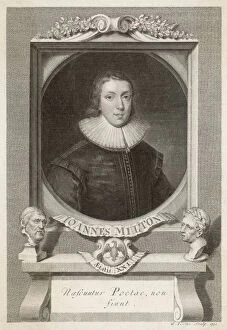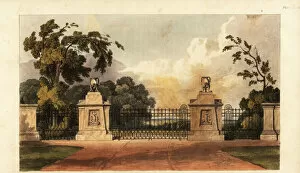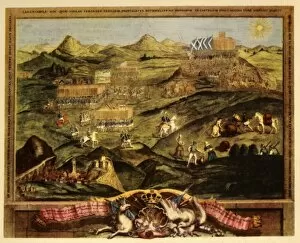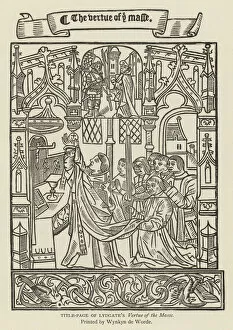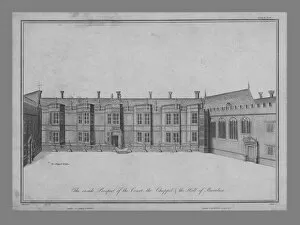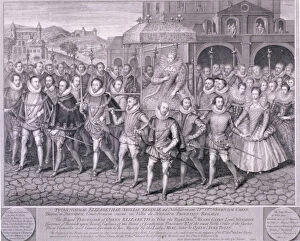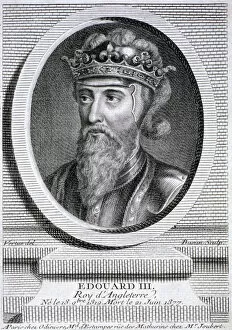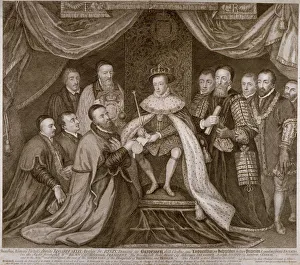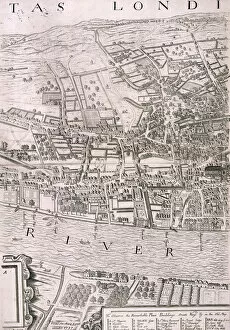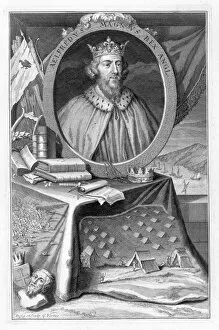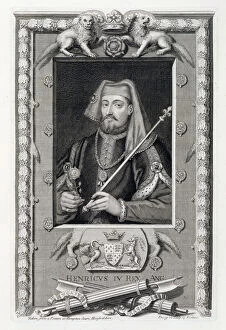Vertue Collection
"Vertue: A Journey Through Art and History" Step into the world of Vertue, where art and history intertwine to create a captivating narrative
All Professionally Made to Order for Quick Shipping
"Vertue: A Journey Through Art and History" Step into the world of Vertue, where art and history intertwine to create a captivating narrative. From John Milton's literary genius to George Vertue's artistic prowess, this caption explores the diverse facets of vertue. Delve into the depths of creativity with "Design for a Regency park entrance, " an architectural masterpiece envisioned by John Milton Vertue. This design reflects his innovative approach towards blending nature and aesthetics. Discover the rich historical tapestry through George Vertue's intricate works. "The Battle of Carberry Hill, 1567" transports us back in time, capturing a pivotal moment in Scottish history with meticulous detail. Meanwhile, "King Canute the Dane" showcases George Vertue's ability to immortalize regal figures through his brushstrokes. Jan van der Noot's depiction of a sailing ship from Theatre des Vices et Vertus reminds us that virtue can be found even amidst life's tempestuous seas. The title-page engraving from Lydgates' "Vertue of the Masse, " printed by Wynkyn de Worde, serves as a testament to timeless wisdom passed down through generations. James Stewart, Duke of Richmond and Lennox, emerges as an embodiment of virtuous leadership in his portrait captured by Evans. His noble countenance inspires admiration for those who strive for greatness while upholding moral values. Busts created by Hollar find their place within circular frames published in Vertue’s collection—a fitting tribute to both artists' commitment to preserving virtuous legacies throughout time. George Vertue pays homage to literary giants with portraits such as "John Milton. " This portrayal captures not only Milton's physical appearance but also echoes his intellectual brilliance that continues to inspire generations today. Lastly, we encounter King Alfred—another remarkable creation by George Vertue—who symbolizes courage and righteousness during tumultuous times. His image stands tall, reminding us of the enduring power of virtuous actions.

